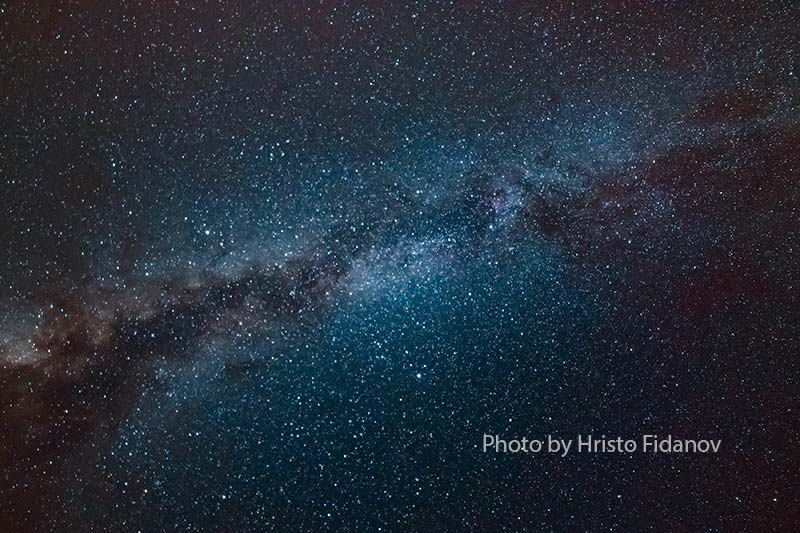The key concepts of quantum physics teach us that we are one with our universe and that we are connected together by a mysterious energy called the Zero Point Energy Field. Zero Point Energy is the sea of virtual particles that lies beneath every point in the universe. If we were to cool these particles as close as we possibly could to absolute zero, there should be, according to the postulates of Newtonian science, no energy there. Instead, much to the astonishments of scientists, there still remains an immense quantity of energy at this Zero Point. Some scientists have actually called this energy the Mind of God.
Current science accepts that the act of observing something, at least at the subatomic level, changes the behavior and characteristics of the thing observed. This implies that consciousness has direct and observable effect on the structure or composition of matter. This has been borne out in so many classic experiments in quantum physics that it is now considered a fundamental principle.
At the level of the photon, consciously directed intent can alter the behaviors of the fundamental constituents of matter. If this concept is true for the photon, it logically follows that this might be true for us as well. After all, if we accept the implications of this model, then we have to ask ourselves what humans are composed of. Photons are the smallest unit of matter that we currently recognize. Basically, when we talk about photons, we are talking about light and information.
Entanglement of our brains
One of the most exciting new areas of brain research is the field of mirror neurons. Mirror neurons are neurons that fire in our brains when we witness an act done by another that requires the same group of neurons. When the neurons in the other person’s brain fire and that person performs the action, the neurons in our brains fire in sympathy. When another person puts on a hat, for instance, the neurons in our brains that govern that action fire when we witness their action, just as the other person’s neurons do when they perform it. This whole process happens without going through the normal sensory-cognitive cycle that conventional brain models would suggest: visual images passing from the optic nerve (as our eyes witness the other person performing the action), then to the visual cortex, then to the parts of the brain that govern decision-making, and eventually being translated into signals sent via the nervous system.
Near the beginning of the twentieth century, a British mathematician and physicist, Sir James Jeans, presciently observed: “When we view our selves in space and time, our consciousnesses are obviously the separate individuals of a particle-picture, but when we pass beyond space and time, they may perhaps form ingredients of a single continuous stream of life. As it is with light and electricity, so it may be with life: the phenomena may be individuals carrying on separate existences in space and time, while in the deeper reality beyond space and time we may all be members of one body.”
Act of observation
Theoretically, any of the swarm of infinite possibilities present in the possibility wave can become reality. But only one does. The swarm is then said to have “collapsed” into a particular reality. One of the factors that determine the direction in which the swarm of possibilities collapses is the act of observation. In a quantum universe, phenomena and space and time are affected by the observer. All possibilities exist in the quantum field; the act of observation collapses them into probability.
In the realm of possibility, the electron is not separate from us, from consciousness. It is a possibility of consciousness itself, a material possibility. When consciousness collapses the possibility wave by choosing one of the electron’s possible facets, that facet becomes actuality. So the scientific mind, rather than impartially witnessing objective phenomena, is itself influencing which of the infinite sea of potentials winks into existence as a phenomenon. The agency that transforms possibility into actuality is consciousness. It is a fact that whenever we observe an object, we see a unique actuality, not the entire spectrum of possibilities. Thus, conscious observation is sufficient condition for the collapse of the possibility wave.
This is called the “observer effect.”
A major scientific precedent for managing our outcomes was set by quantum physicists who, when seeking to determine whether light consists of particles or waves, discovered that light invariably behaves in compliance with their experiential expectations. Light always and only behaves like waves in experiments designed to detect waves, yet just as consistently shows up as particles in experiments designed to detect particles. In both cases, experimental outcomes conform to the experimenters’ expectations.
What we observe is not nature itself, but nature exposed to our method of questioning.
Living consciousness is somehow central to this process of transforming the unconstructed quantum world into something resembling everyday reality. Reality is not fixed, but fluid, and hence possibly open to influence.


